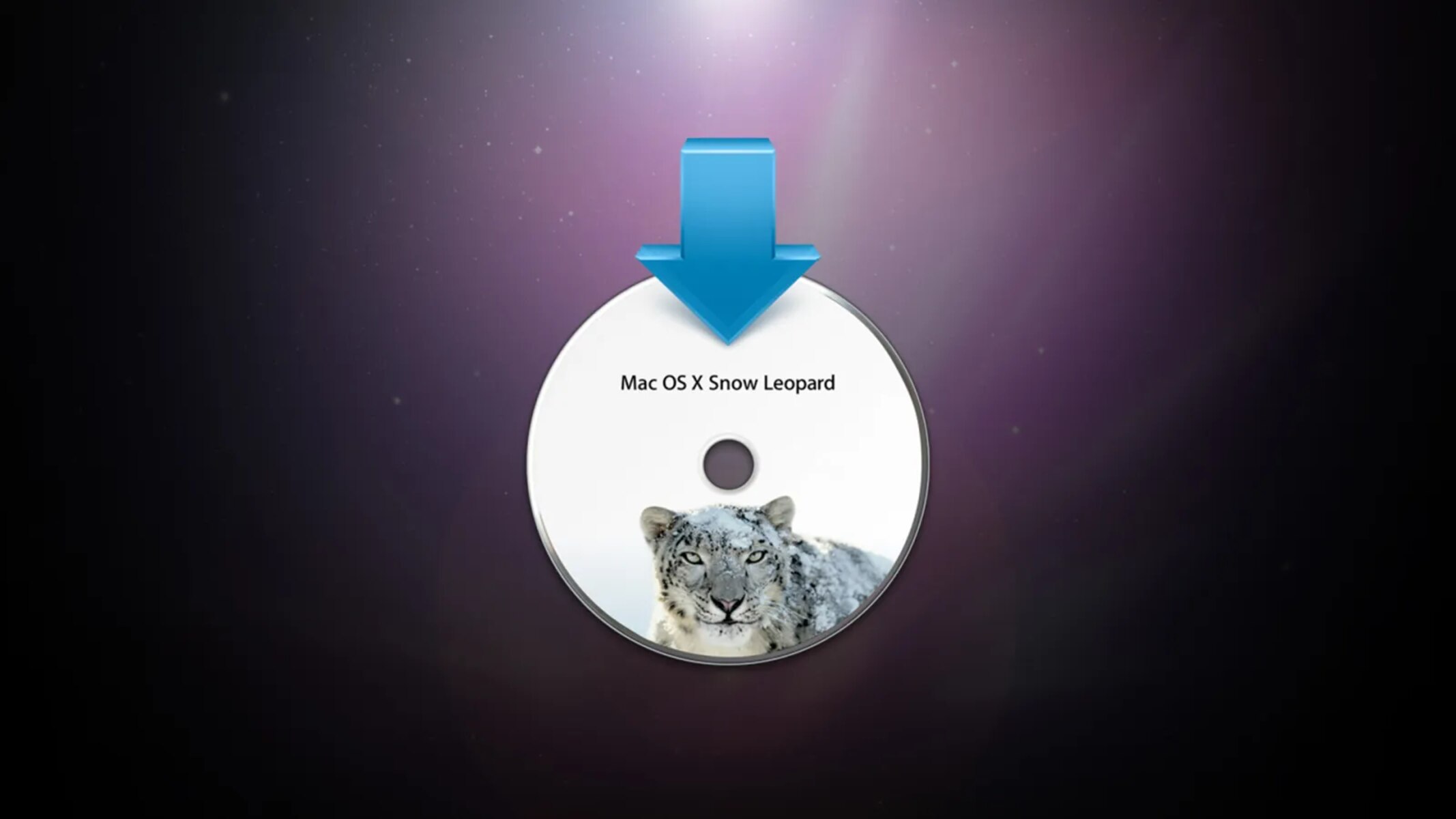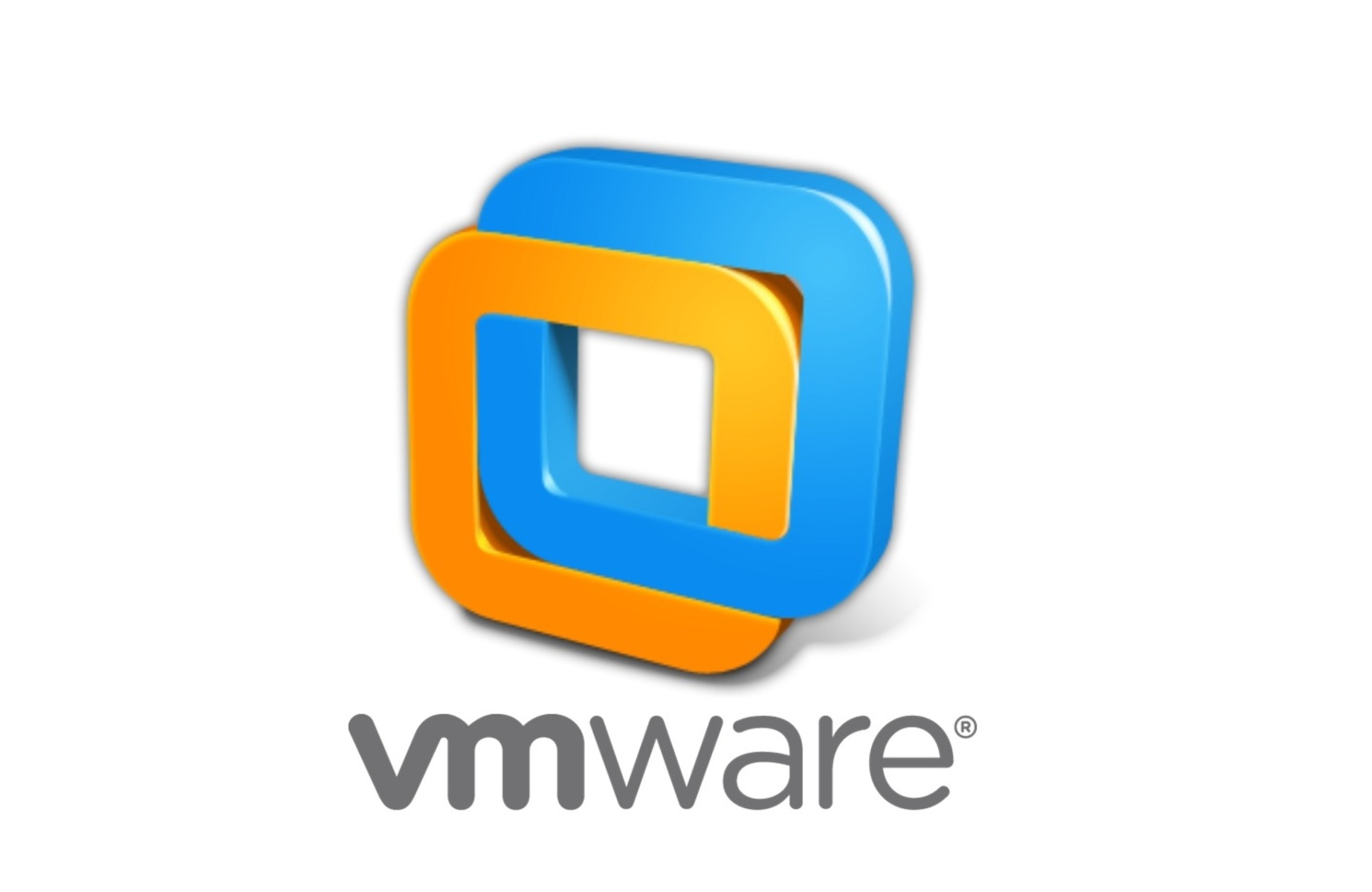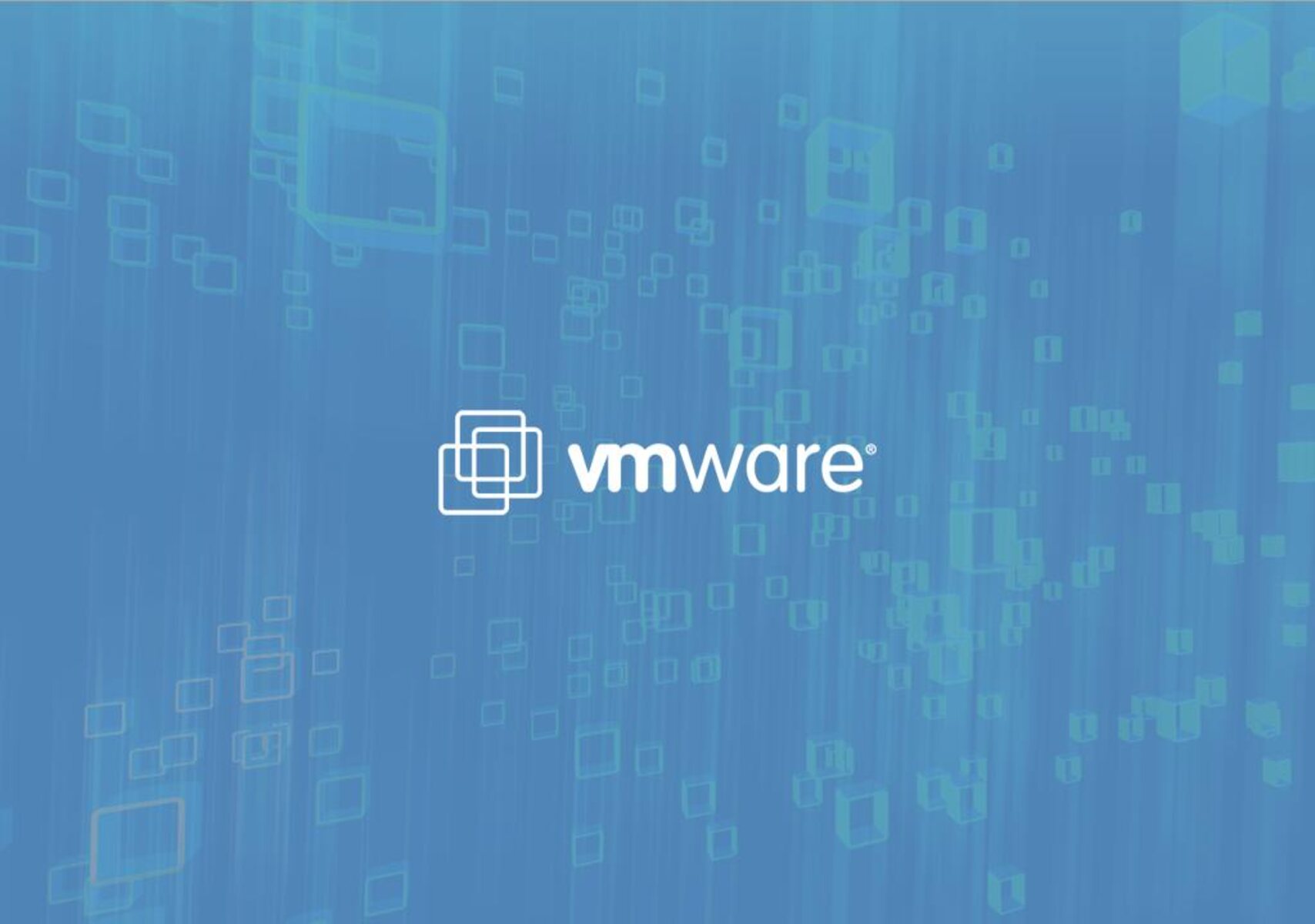Introduction
VMware Tools is a suite of utilities that enhance the performance and functionality of a virtual machine running on VMware Workstation. In this guide, we will focus on installing VMware Tools on a Linux guest in VMware Workstation. Installing VMware Tools enables advanced features such as improved graphics, mouse and keyboard integration, time synchronization, and file sharing between the host and guest operating systems.
By installing VMware Tools, you can optimize the virtual machine’s performance and make the overall virtualization experience smoother. This is especially important for Linux guests, as it allows them to fully utilize the capabilities of the VMware environment and improves compatibility with the host system.
Before we proceed with the installation, it is important to note a few prerequisites. Firstly, you will need a working Linux virtual machine already set up in VMware Workstation. Secondly, ensure that you have the VMware Tools ISO image which can be downloaded from the VMware website or obtained from the VMware installation folder. Lastly, make sure you have administrative privileges on the Linux guest to install the required packages and run the installer.
In this step-by-step guide, we will cover the process of installing VMware Tools on a Linux guest in VMware Workstation. By following the instructions and performing each step carefully, you will be able to successfully install VMware Tools and take advantage of its numerous benefits.
Prerequisites for Installing VMware Tools
Before you begin the installation process, ensure that you have the following prerequisites in place:
- A working Linux virtual machine: Make sure you have a functioning Linux virtual machine set up in VMware Workstation. This will be the guest operating system on which you will install VMware Tools.
- VMware Tools ISO image: Obtain the VMware Tools ISO image. You can download this from the VMware website or locate it in the VMware installation folder on your host system. The ISO image contains the necessary installation files for VMware Tools.
- Administrative privileges: Ensure that you have administrative privileges on the Linux guest operating system. You will need these privileges to install the required packages and run the VMware Tools installer.
By having these prerequisites in place, you will be ready to proceed with the installation of VMware Tools on your Linux guest in VMware Workstation. It is important to note that VMware Tools is designed to enhance the virtual machine’s functionality and performance, so it is highly recommended to install it to fully leverage the benefits of virtualization.
With VMware Tools installed, you can experience improved graphics performance, seamless mouse and keyboard integration, time synchronization between the host and guest systems, and easy file sharing. These features enhance the overall usability and efficiency of your virtual machine, making it function more like a physical system.
Now that you have a clear understanding of the prerequisites, let’s dive into the step-by-step process of installing VMware Tools on your Linux virtual machine in VMware Workstation.
Step 1: Install Required Packages
Before proceeding with the installation of VMware Tools, you need to install the necessary packages on your Linux guest. These packages provide the dependencies required for VMware Tools to function properly. Here’s how you can do it:
- Open the terminal: Launch the terminal emulator on your Linux guest. You can typically find it in the system’s applications or by searching for “Terminal” in the application launcher.
- Update package lists: Run the following command in the terminal to update the package lists:
- Install required packages: Next, install the required packages by running the following command:
- Proceed with the installation: During the package installation, you may be prompted to confirm the process and enter your password. Follow the on-screen instructions and provide the required information to proceed with the installation.
sudo apt updateThis command will ensure that your system has the latest information about available packages.
sudo apt install open-vm-tools open-vm-tools-desktopThis command will install the “open-vm-tools” package, which contains the necessary tools for VMware integration, as well as the “open-vm-tools-desktop” package, which provides additional features for a better desktop experience.
Once the installation process is complete, you have successfully installed the required packages on your Linux guest. These packages lay the foundation for the smooth functioning of VMware Tools. You are now ready to proceed to the next step, which involves mounting the VMware Tools ISO image.
Step 2: Mount VMware Tools ISO Image
After installing the required packages, the next step is to mount the VMware Tools ISO image onto your Linux guest. The ISO image contains the necessary files for the VMware Tools installation. Here’s how you can do it:
- Open the terminal: Launch the terminal emulator on your Linux guest.
- Mount the ISO image: Run the following command in the terminal to mount the VMware Tools ISO image:
- Navigate to the mounted directory: Change the current directory to the mount point of the VMware Tools ISO image using the following command:
- List the contents: Run the following command to verify that the VMware Tools files are present:
sudo mount /dev/cdrom /mntThis command will mount the ISO image to the “/mnt” directory. If your Linux guest has a different mount directory, adjust the command accordingly.
cd /mntThis command will take you to the directory where the VMware Tools files are located.
lsYou should see a list of files and directories related to VMware Tools.
Once you have successfully mounted the VMware Tools ISO image and verified the presence of its contents, you are ready to proceed to the next step. In the next step, we will extract the VMware Tools archive and begin the installation process.
Step 3: Extract the VMware Tools Archive
Now that you have mounted the VMware Tools ISO image, the next step is to extract the VMware Tools archive. This archive contains the necessary files for the installation process. Here’s how you can do it:
- Open the terminal: Launch the terminal emulator on your Linux guest.
- Navigate to the mounted directory: If you are not already in the directory where the VMware Tools ISO image is mounted, change the current directory using the following command:
- Extract the archive: Run the following command to extract the contents of the archive:
- Navigate to the extracted directory: Change the current directory to the extracted VMware Tools directory using the following command:
- List the contents: Run the following command to verify that the files have been extracted:
cd /mnttar xzvf VMwareTools-.tar.gz Replace “
cd vmware-tools-distribThis command will take you to the directory where the extracted files are located.
lsYou should see a list of files and directories related to VMware Tools.
With the VMware Tools archive extracted and the necessary files in place, you are ready to move on to the next step. In the next step, we will run the VMware Tools installer to begin the installation process.
Step 4: Run the VMware Tools Installer
After extracting the contents of the VMware Tools archive, the next step is to run the VMware Tools installer. This installer will guide you through the installation process and ensure that VMware Tools is properly installed on your Linux guest. Here’s how you can do it:
- Open the terminal: Launch the terminal emulator on your Linux guest.
- Navigate to the extracted VMware Tools directory: If you are not already in the directory where the VMware Tools files are extracted, change the current directory using the following command:
- Run the installer: Execute the following command to start the VMware Tools installer:
- Follow the installer prompts: The installer will present a series of prompts and will ask for your input. Read the prompts carefully and provide the necessary information as requested.
- Accept the default options: In most cases, you can accept the default options by pressing Enter. However, feel free to review the options and make any necessary changes based on your requirements.
- Wait for the installation to complete: The installation process may take a few moments. Once the installation is complete, the VMware Tools will be successfully installed on your Linux guest.
cd /mnt/vmware-tools-distribThis command assumes that the extracted VMware Tools directory is located in the “/mnt” directory. Adjust the command if the directory is located elsewhere.
sudo ./vmware-install.plThis command will run the installer script called “vmware-install.pl” with administrative privileges. The installer will now guide you through the installation process.
Congratulations! You have now successfully run the VMware Tools installer and installed VMware Tools on your Linux guest. In the next step, we will proceed with configuring VMware Tools to ensure optimal functionality and integration with your virtual machine.
Step 5: Configure VMware Tools
After installing VMware Tools on your Linux guest, the next step is to configure it to optimize its functionality and ensure seamless integration with your virtual machine. Here’s what you need to do:
- Open the terminal: Launch the terminal emulator on your Linux guest.
- Navigate to the VMware Tools installation directory: Change the current directory to the VMware Tools installation directory using the following command:
- Configure VMware Tools: Run the following command to start the configuration process:
- Follow the configuration prompts: The configuration script will present a series of prompts and ask for your input. Read the prompts carefully and provide the necessary information or accept the default options.
- Review the configuration settings: Once the configuration process is complete, review the final configuration settings. Make sure that everything is in order, and there are no errors or warnings reported.
- Restart your Linux guest: To apply the configuration changes, it is recommended to restart your Linux guest. You can do this by running the following command:
cd /mnt/vmware-tools-distribMake sure to adjust the command if the installation directory is located in a different location.
sudo ./vmware-config-tools.plThis command will run the configuration script called “vmware-config-tools.pl” with administrative privileges. The script will guide you through the configuration process.
sudo rebootThis command will initiate a restart of your Linux guest, allowing the configuration changes to take effect.
After configuring VMware Tools and restarting your Linux guest, you are now ready to fully utilize the enhanced features and capabilities that VMware Tools provides. In the next step, we will conclude the installation process by restarting the Linux guest.
Step 6: Restart the Linux Guest
After configuring VMware Tools on your Linux guest, it is recommended to restart the guest operating system. This will ensure that all the changes made during the installation process are applied and that VMware Tools is functioning correctly. Here’s how you can restart your Linux guest:
- Save your work: Before restarting, make sure to save any open files or applications to avoid data loss.
- Close all running applications: Close all open applications on your Linux guest to ensure a smooth restart without any conflicts.
- Initiate the restart: Depending on your Linux distribution, you can restart your guest operating system through the desktop environment or by executing the appropriate command in the terminal.
- Restart through the desktop environment: If you are using a graphical desktop environment, locate the restart or shutdown options. This is usually found in the main menu or system settings. Select the restart option, and your Linux guest will initiate a system restart.
- Restart through the terminal: Alternatively, you can restart your Linux guest by running the following command in the terminal:
- Wait for the restart to complete: Allow your Linux guest to fully restart. This may take a few moments depending on the system’s resources and configuration. Once the restart is complete, you can log back into your Linux guest.
- Verify VMware Tools functionality: After logging back in, ensure that VMware Tools is functioning correctly. Check for improved graphics performance, mouse and keyboard integration, time synchronization, and file sharing between the host and guest operating systems.
sudo rebootThis command will trigger a system restart, allowing the changes made by VMware Tools to take effect.
Congratulations! By restarting your Linux guest, you have successfully completed the installation of VMware Tools on your virtual machine. Enjoy the enhanced functionality and improved performance that VMware Tools provides.
Conclusion
Installing VMware Tools on a Linux guest in VMware Workstation is a crucial step to leverage the full potential of your virtual machine. VMware Tools enhances the performance, functionality, and integration between the host and guest operating systems. By following the step-by-step guide outlined above, you have successfully installed VMware Tools on your Linux guest.
The installation process involved several key steps, including installing the required packages, mounting the VMware Tools ISO image, extracting the archive, running the installer, configuring VMware Tools, and restarting the Linux guest. Each step was vital to ensure a successful installation and proper functionality of VMware Tools.
After installing VMware Tools, you can enjoy benefits such as improved graphics performance, seamless mouse and keyboard integration, time synchronization, and file sharing with the host operating system. These enhancements contribute to a smooth and efficient virtualization experience.
Remember, to optimize the performance and functionality of your Linux guest, it is important to keep VMware Tools updated. Consult the VMware website or official documentation for any available updates and follow the appropriate update procedure.
By following this guide and installing VMware Tools on your Linux guest, you have taken a significant step towards optimizing your virtual machine’s performance and ensuring a seamless integration with the VMware Workstation environment.
Continue exploring the various features and capabilities that VMware Tools offers to enhance your virtualization experience. Stay up to date with the latest advancements and best practices in virtualization to make the most out of your Linux guest running in VMware Workstation.

























